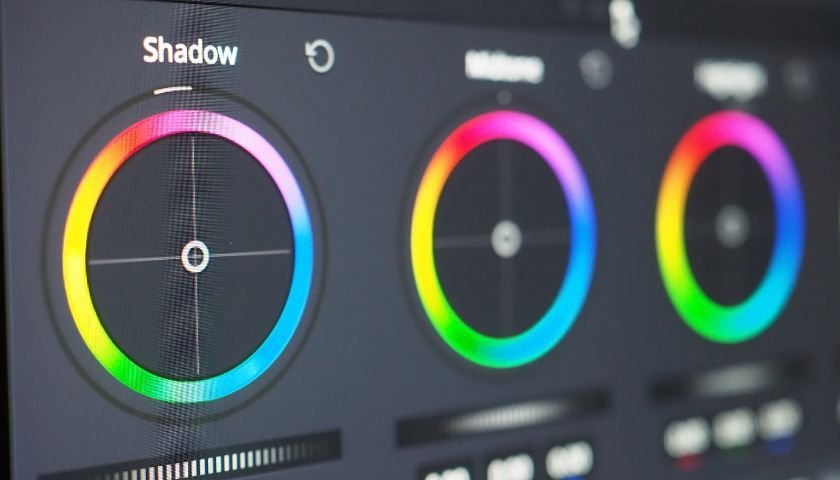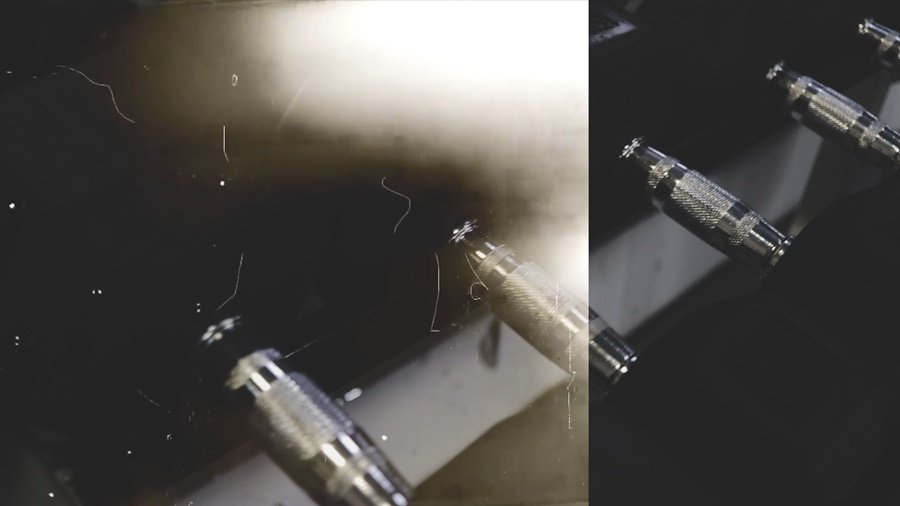Color grading is a transformative process in filmmaking, giving filmmakers the ability to evoke emotions, create mood, and enhance storytelling through the careful manipulation of colors. In this guide, we’ll explore the art of cinematic color grading and how it can elevate your films to new heights.
Understanding Color Grading:
Color grading is more than just adjusting colors; it’s about enhancing the visual storytelling of your film. It involves manipulating the colors in your footage to achieve a specific look, tone, or atmosphere. Whether you’re aiming for a warm, nostalgic feel or a cold, futuristic vibe, color grading plays a pivotal role in shaping the emotional impact of your film.
Creating Mood and Atmosphere:
One of the primary objectives of color grading is to establish the mood and atmosphere of your film. Warm tones can evoke feelings of nostalgia, love, or comfort, while cooler tones may create a sense of suspense, mystery, or detachment. Consider the emotional journey of your narrative and use color grading to enhance and amplify those emotions.
Enhancing Storytelling:
Colors can be powerful storytelling tools. They can symbolize themes, convey character emotions, or signify changes in the narrative. For example, a gradual shift from vibrant colors to desaturated tones might mirror the emotional journey of a character or signify a critical turning point in the story. Thoughtful color grading can add layers of meaning to your film.
Balancing Color and Contrast:
Achieving a harmonious balance of color and contrast is essential in color grading. Too much contrast or overly saturated colors can be distracting, while insufficient contrast may result in a visually flat image. Striking the right balance ensures that your colors pop without overpowering the narrative.
Color Grading Techniques:
Understanding specific color grading techniques is crucial for achieving desired effects. Experiment with color wheels to adjust the overall color balance, use color grading curves for precise control over highlights and shadows, and explore color grading presets as a starting point for your desired look. Each technique contributes to the overall aesthetic of your film.
Consistency Across Scenes:
Maintaining consistency in color grading is vital for a seamless viewing experience. Ensure that the color grading choices align with the overall tone and mood of your film. Consistent color grading helps create a cohesive visual narrative, preventing distractions that may arise from sudden shifts in color schemes.
Color Grading Software:
Choosing the right color grading software is crucial for executing your creative vision. Whether you opt for professional-grade software like DaVinci Resolve or user-friendly options like Adobe Premiere Pro, familiarity with the tools allows you to bring your color grading ideas to life.
In conclusion, the art of cinematic color grading is a dynamic and creative process that requires a deep understanding of color theory and its emotional impact. By mastering this skill, filmmakers can add depth, nuance, and visual richness to their films. Dive into the world of color grading, experiment with different techniques, and elevate your filmmaking to new heights.
Dive into the world of color grading and discover how it can transform your films. From creating mood and atmosphere to enhancing storytelling, master the art of cinematic color grading. Elevate your filmmaking to new heights.








